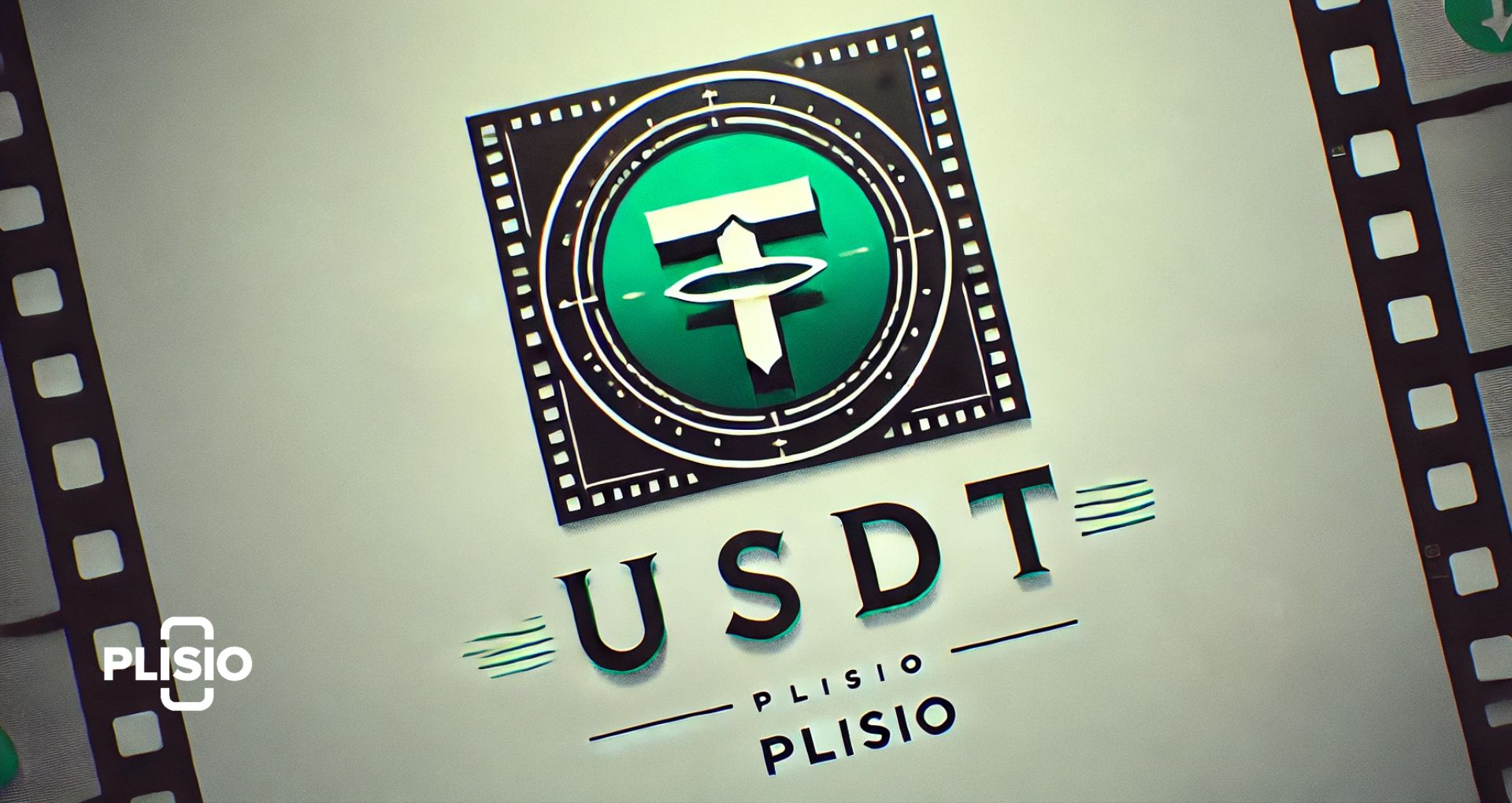The Price of Sending Tether (USDT)

When you're sending Tether (USDT), it's important to know about the costs that come with it. These costs, often called transfer fees, can make a big difference in your transactions.
This article will explain all the fees you might face, such as network fees, transaction fees, and fees charged by exchanges. We'll also give you some tips on how to lower these costs.
Whether you're new to cryptocurrencies or just want to make your transactions more efficient, you'll find useful advice here on how to handle and decrease the cost of sending USDT.
What is Tether (USDT), and why do people send it?
Tether (USDT) is a type of cryptocurrency known as a stablecoin because it's tied to the stable value of the US dollar. This stability is vital for users who are concerned about the extreme ups and downs of other cryptocurrencies.
Here’s why individuals and businesses frequently transfer USDT:
- Peer-to-peer transactions: USDT enables direct exchanges between parties, avoiding the fees associated with traditional banking.
- Cross-border payments: It streamlines international payments without the hassles of exchange rates and extra bank fees.
- Decentralized lending: USDT is commonly used as collateral for loans on various cryptocurrency lending platforms.
- Cost-effective transfers: Many find sending USDT to be less expensive than traditional bank wires, particularly for overseas payments.
In 2024, Tether (USDT) processed a staggering $25 trillion in transactions. This volume surpassed that of traditional payment processors like Visa and Mastercard, which handled $17 trillion and $9 trillion respectively. This remarkable figure highlights the growing relevance of Tether and the broader adoption of stablecoins.
Understanding Tether (USDT) transfer fees
When you send USDT, you'll mainly deal with two types of fees: exchange fees and network fees. It's important to understand these to make your transactions as cost-effective as possible.
Exchange Fees
These are fees the platform charges to facilitate your USDT transaction. They can vary widely between exchanges and are typically calculated in one of two ways:
- Fixed fee: A set fee that remains the same, no matter how much USDT you send.
- Percentage-based fee: A fee that's a percentage of your transaction amount. This means the more USDT you send, the higher the fee.
Since rates can differ from one exchange to another, it's a good idea to compare these before making transactions.
Network Fees (Gas)
Network fees, often called "gas prices", are critical for efficient USDT transactions. These fees depend on the blockchain technology and the current network traffic.
Blockchain Technology:
- Proof of Work vs. Proof of Stake: Different blockchains use different methods to secure transactions. Proof of Work (PoW), like what Bitcoin uses, requires a lot of computing power, which can make fees higher. Proof of Stake (PoS) systems are usually more efficient and have lower fees.
- Transaction Complexity: More complex operations, like deploying smart contracts, need more computing power and incur higher fees compared to simple transactions.
Network Congestion:
- Supply and Demand: Gas prices go up when the network is busy and down when it's not.
- Monitoring Network Activity: You can use online tools to check real-time network congestion, helping you choose a cheaper time to send USDT.
Understanding Gas Units:
- Gwei: Fees are often measured in gwei, a small unit of the blockchain's currency, which helps in making precise fee calculations.
- Transaction Confirmation Time: Paying higher gas fees can speed up your transaction's confirmation time, while paying less might mean you'll wait longer.
The specific fees you'll pay can vary, but understanding these factors will help you manage the cost of sending USDT more effectively.
How much does it cost to transfer TRC20 USDT?
Transferring USDT using the TRC20 protocol on the Tron blockchain is usually one of the most affordable options available. This cost-effectiveness comes from the lower transaction fees that TRC20 offers compared to other networks like Ethereum.
Cost Breakdown for TRC20 Transactions
Transferring USDT through the TRC20 network tends to be cheaper than other blockchains, making it a popular choice for those looking to save on costs.
Key Components of the Costs:
- Network Fees (Gas): The Tron network charges relatively low fees for TRC20 transactions, paid in TRON (TRX), its native cryptocurrency. This is a major draw for users aiming to cut costs.
- Exchange Fees: While network fees are minimal, don’t forget to factor in any fees charged by cryptocurrency exchanges for transfers. These fees vary based on the exchange and the terms of service.
You might also need to consider withdrawal fees that some exchanges charge for moving USDT off their platform.
Calculating Your Costs
To figure out the exact cost of your TRC20 USDT transfer, look at:
- Flat Fee: Some wallets and exchanges apply a fixed fee for TRC20 transactions, which doesn’t change regardless of how much you send.
- Percentage-Based Fees: Other platforms charge a fee based on a percentage of the transaction amount, which means larger transfers could be more expensive.
Example Calculation
For instance, if an exchange charges a fixed fee of 1 TRC20 USDT for a transaction and you're transferring 100 USDT, the costs would be:
- Transaction Fee: 1 USDT
- Network Fee: Variable, typically under 0.2 TRX (just a few cents in USD)
Why Use TRC20 for USDT Transfers?
- Lower Fees: TRC20 typically has lower fees than networks like Ethereum.
- Speed: Transactions on the TRC20 network are fast, which is crucial for those who need quick transfers.
- Network Benefits: Opting for TRC20 lets you take advantage of the Tron network’s efficient and low-cost infrastructure.
By understanding the benefits and cost structure of the TRC20 network, you can minimize the expenses involved in transferring USDT. Always consider timing and choose the most suitable platform to further optimize your fees.
Factors that affect the cost of sending a Tether (USDT)
When sending USDT, it's vital to grasp the complex array of factors that determine the costs involved. Primarily, network and exchange fees make up the most substantial portion of these expenses. However, several other elements also influence the final cost of your transaction.
Detailed Breakdown of Influential Factors:
- Network Fees (Gas): The main expense when sending USDT on any blockchain network, covering the computational costs of processing the transaction.
- Exchange Fees: Fees levied by the cryptocurrency exchange or financial platform that facilitates your transfer. These can vary significantly between services.
- Transaction Amount: Generally, the more USDT you send, the higher the fees might be, especially if the fee structure is percentage-based.
- Blockchain Congestion: High traffic on the blockchain increases network fees as more users vie for their transactions to be processed swiftly.
- Speed of Transaction: Opting for a quicker transaction can lead to higher fees due to the increased gas price required to expedite the process.
- Blockchain Protocol: Different blockchain networks like Ethereum or Tron have varying fee structures, which can affect the cost.
- Time of Transfer: Transactions conducted during off-peak hours may incur lower fees due to reduced network congestion.
- Type of Transfer: Costs can vary depending on whether the transaction is a straightforward transfer or involves complex interactions like smart contracts.
- Market Conditions: Overall market dynamics can influence network fees by affecting the level of activity on the blockchain.
- Exchange Rate Fluctuations: When fees are denominated in USDT, the actual cost in fiat currency can vary with changes in the USDT to dollar exchange rate.
- Exchange Policies: Some platforms may reduce fees for high-volume traders or offer promotional discounts.
- Sender’s Wallet Choice: Some digital wallets allow users to adjust gas fees, providing some flexibility in managing transaction costs.
Additional Considerations:
- Regulatory Environment: Changes in regulatory policies in different regions can affect transaction costs, particularly if new fees or taxes are introduced.
- Security Measures: Enhanced security features, while increasing safety, may also lead to higher transaction fees.
Understanding these factors is essential for anyone looking to send USDT efficiently and cost-effectively. By considering these variables, you can strategize your transactions to minimize fees and maximize the value of your transfers.
What is the cheapest way to send Tether (USDT)?
Sending Tether (USDT) affordably is key to cutting down on transaction costs. Here are the most effective ways to reduce expenses when transferring USDT:
- Choose a Low-Cost Network: Select blockchain networks that are known for lower fees. For example, Tron (TRC20) and Binance Smart Chain (BEP-20) typically incur lower fees compared to Ethereum, especially when it's busy.
- Pick an Exchange with Low Withdrawal Fees: Transaction costs vary between exchanges. Look for platforms that offer low or no withdrawal fees for USDT.
- Transfer During Off-Peak Hours: Sending funds when the network is less busy can lead to lower fees. This is due to fewer transactions competing for processing.
- Batch Transactions: If you have multiple transfers, grouping them into a single transaction can save money. This is a common technique for businesses or individuals who need to send large volumes.
Choosing the right exchange and network is crucial for minimizing the cost of your USDT transactions. By implementing these strategies, you can often find ways to send USDT more economically.
How to minimize Tether (USDT) transaction fees
Minimizing the fees for USDT transactions is possible with a few strategic actions:
- Monitor Network Activity: Keep an eye on the current conditions of the blockchain network. Fees can change depending on how busy the network is and the demand for transaction processing.
- Optimize Transfer Timing: Fees can fluctuate throughout the day. Plan to send your USDT during times when the network is less congested to save on costs.
- Select the Best Exchange: Do your homework and compare the fee structures of various cryptocurrency exchanges. Some might offer lower fees for the amount or type of transaction you're planning.
- Take Advantage of Promotions: Some exchanges run promotions or have loyalty programs that provide reduced fees or bonuses, which can help lower the overall cost of your transactions.
By following these tips, you can ensure you're not paying more than necessary for sending USDT.
Are there any advanced techniques for experienced users to send USDT even cheaper?
Seasoned cryptocurrency users can leverage several advanced strategies to further reduce USDT transaction fees:
- Utilize Gas Tokens: Some blockchain protocols offer "gas tokens" that users can mint when gas prices are low and redeem to cover fees when prices are high. This can be a cost-effective way to manage transaction fees dynamically.
- Smart Contract Interaction: By using smart contracts, advanced users can consolidate several USDT transactions into a single batch, significantly cutting down on fees.
- Manual Transaction Fee Bidding: Knowledgeable users can manually set their gas prices to strategically bid for space in a block during quieter times on the network. This approach requires a deep understanding of current network conditions.
- Leverage Layer 2 Solutions: Some exchanges integrate Layer 2 solutions that facilitate quicker and cheaper USDT transactions by operating on a layer above the main blockchain. Notable examples include Binance Pay and the Polygon (MATIC) network. Checking whether your preferred exchange supports Layer 2 solutions for USDT can yield considerable savings.
- Engage in P2P Trading: Peer-to-peer platforms offer a way to trade USDT directly with other users, bypassing traditional exchanges and reducing fees. While P2P trading can be more economical, it's crucial to use reputable platforms and trade with highly-rated users to mitigate risks.
- Use Dedicated USDT Wallets: Specialized USDT wallets often have lower transaction fees than those provided by exchanges. These wallets may also allow users to select from multiple blockchain networks, enabling a choice of the cheapest option for transfers.
By mastering these techniques, experienced cryptocurrency users can significantly decrease their costs when sending USDT, though it's important to balance potential savings with security considerations and personal risk tolerance.
Conclusion
Sending USDT (Tether) can come with different fees, but you can keep these costs down if you know the right strategies.
By getting to know the fees involved, choosing cheaper blockchain networks, using reliable information sources, and applying advanced methods, both new and seasoned users can make their transactions more cost-effective.
As the world of cryptocurrency continues to change, keeping up-to-date and being flexible are essential for effectively controlling transaction costs.
Whether you're sending money for personal reasons or business needs, managing your USDT transfer fees wisely can help you save a considerable amount of money over time.



